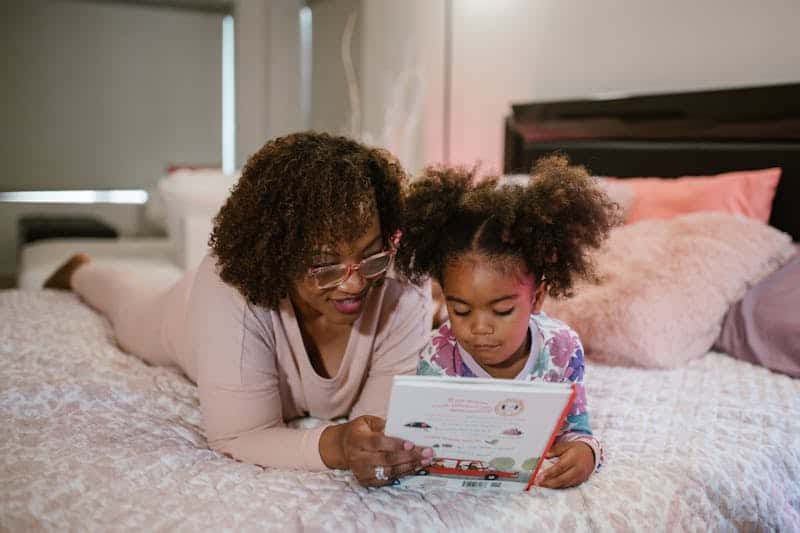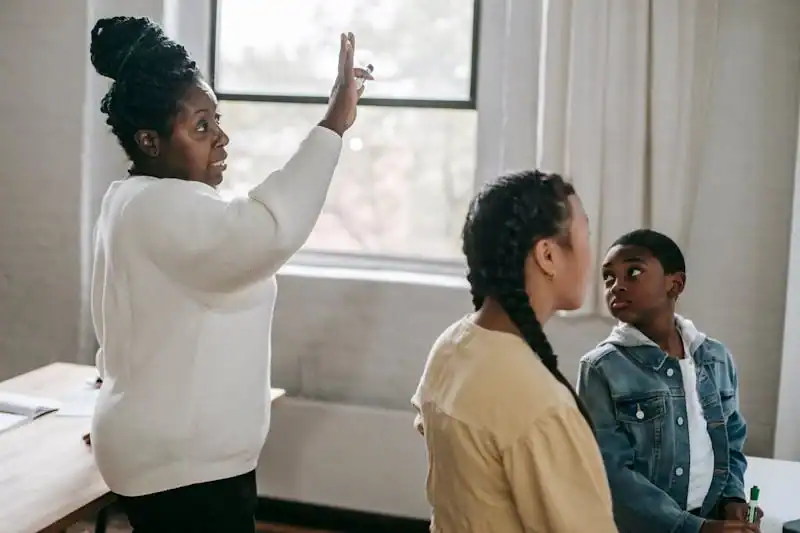Creative Discipline: How to Get Your Kid to Listen Without Yelling
Yelling feels satisfying in the moment but teaches kids that whoever is loudest wins. Meanwhile, creative discipline strategies work with your child’s natural development rather than against it. These approaches build cooperation, teach problem-solving skills, and preserve family relationships while still maintaining necessary boundaries and expectations.
Use Natural Consequences

Let logical results teach lessons naturally. Forgotten lunch means buying cafeteria food with allowance money. Toys left outside get wet from rain. Room too messy to find favorite shirt means wearing something else. Natural consequences feel fair because they’re connected to choices, not arbitrary punishment imposed by frustrated parents.
Offer Choices Within Limits

“Do you want to brush teeth first or put on pajamas first?” gives autonomy while ensuring both tasks happen. “You can walk to timeout or I can carry you—you choose” maintains boundaries while respecting their need for control. Limited choices prevent power struggles while teaching decision-making skills and personal responsibility.
Create When/Then Statements

“When toys are picked up, then we can read stories.” This isn’t bribery—it’s teaching that privileges come after responsibilities. Make the connection clear and follow through consistently. When/then statements help children understand cause and effect while motivating cooperation through positive outcomes rather than threatened punishment.
Use Timers and Visual Cues

Set a timer for cleanup time or getting ready. Visual schedules help younger children understand expectations without constant nagging. Racing against the clock feels like a game instead of a chore. Timers remove you as the “bad guy”—now they’re working with time, not against your demands.
Implement Logical Problem-Solving

“The blocks keep getting thrown. How can we solve this problem?” Involve children in finding solutions. They might suggest putting blocks away, playing somewhere else, or using them differently. Children are more likely to follow rules they helped create, and problem-solving builds critical thinking skills for future challenges.
Try the Whisper Technique

When children get loud, get quieter instead of louder. Whisper your requests or speak very softly. Kids naturally lean in to hear, which often de-escalates situations quickly. This unexpected response breaks the escalation cycle and models emotional regulation. Whispering also forces you to slow down and choose words more carefully.
Use Positive Redirection

Instead of “Stop running,” try “Walking feet inside, please.” Tell them what TO do rather than what NOT to do. Positive language gives clear direction and feels more cooperative than restrictive. “Gentle touches” works better than “Don’t hit” because it provides an alternative behavior rather than just prohibition.
Create Connection Before Correction

Address the relationship before addressing the behavior. “I can see you’re frustrated about bedtime” acknowledges their feelings before enforcing the rule. Connection doesn’t mean giving in—it means understanding their perspective while maintaining necessary boundaries. Felt connection makes children more willing to cooperate with requests and limits.
Use Humor Strategically

Silly voices, funny faces, or playful approaches can redirect behavior without confrontation. “The sock monster is eating all the socks on the floor!” makes cleanup fun instead of a battle. Humor lightens mood and reduces resistance while still accomplishing necessary tasks. Avoid sarcasm or humor that mocks the child.
Follow Through Consistently

Say what you mean and do what you say. Empty threats teach children to ignore you until you’re really angry. Consistent follow-through builds trust and teaches that your words have meaning. Children feel more secure when boundaries are predictable, even if they don’t like them initially.





